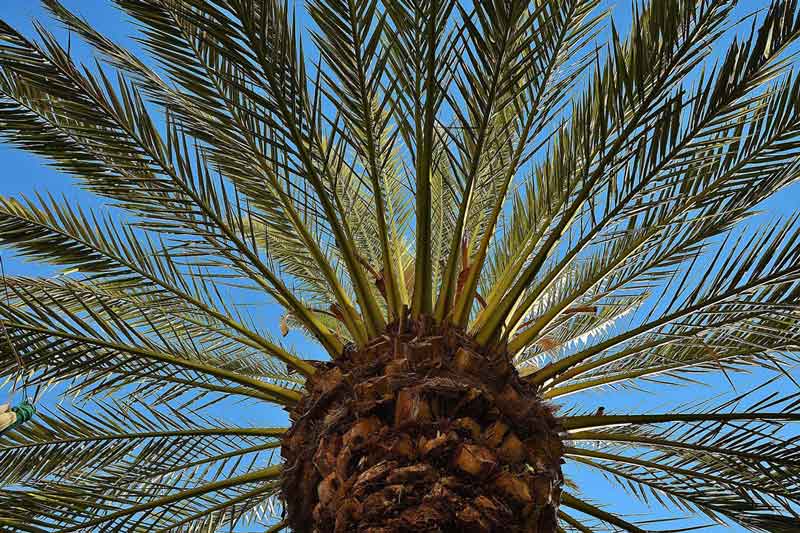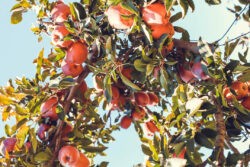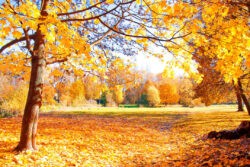What do we mean by exotic plants?
It’s not unusual for those who love gardens to yearn for something that looks tropical or exotic. Why? Is it because these plants remind us of holidays and we hope they will help us to feel relaxed? Or perhaps we want to adopt a contemporary approach to gardening and prefer plants that most of the neighbours won’t have.
Before investing in plants, it’s important to try to understand the type of environment they prefer. A tropical location is considered to be geographically situated between the Tropics of Capricorn and Cancer, within a region that receives the most sunlight anywhere in the world. The temperature fluctuates very little, but there is regular rain, although there is less in the dry season and more in the wet. It is, basically, hot, humid and rainy! These are the jungle-style species that will generally have large leaves and lush foliage.
This is quite different from desert-dwelling plants that need to conserve moisture. You might have heard of xeriscaping, which is gardening with drought-tolerance in mind. It uses slow-growing plants that have adapted to be able to store fluid because of low annual rainfall. Mixing desert plants and jungle varieties together spells disaster. You can, however, combine exotics with varieties that are more readily seen in the UK in order to create the atmosphere. Just ensure that conditions are suitable for all plants.
Tropical gardens
Bold foliage and dazzling flower colours can create a lush, dramatic oasis. Tropical plants can be used to create a framework for your garden and the spaces between can be filled with plants that provide complementary shapes and colours. Grasses such as carex and miscanthus work well, as do large-leafed evergreens including Fatsia japonica and ferns. Hostas can pop up during spring and summer, together with shade-dwelling brunneras, brightly-flowering crocosmia and day lilies in the sunnier areas. Japanese anemones are partial-shade lovers that fit in well for some late-summer flowers combined with interesting foliage. Don’t forget leafy cnnas, the exotic-looking, architectural beauties that are often called lilies, but you will need to position these within a sunny pocket and bring these tender perennials indoors for winter. In another sunny position, perhaps at your ‘jungle-edge’, you could consider acanthus, also known as bear’s breeches. It produces eye-catching, exotic foliage and sends up spiny flowers on strong stems.
It is possible to grow bananas (Musa) here in the UK, although they might need some winter protection. They can form huge statement plants up to three metres high and their tropical leaves can reach a length of two metres. It is rare for them to form fruit in the UK, but it is possible! Then there are the much- coveted tree ferns, Dicksonia antarctica, which are said to be some of the oldest plants in the world. They tend to survive fairly well in sheltered sites, although they will benefit from wrapping for winter protection during cold and windy weather.
The iconic tropical forest trees are palms, such as Trachycarpus fortunei and wagnerianus, also known as windmill or chusan palms, Phoenix canariensis, the Canary Island date palm and Chamaerops humilis, the dwarf fan palm. These varieties have proved to be fairly hardy here in the UK, although they often sustain damage that needs to be tidied up in the spring.
Go for a lush, full appearance and consider using bamboo to screen out the constraints of your boundaries. Clumping varieties including fargesias are easier to maintain, but use a root barrier to be sure your bamboo won’t invade further afield.
Desert gardens
It’s not easy to create a desert garden within an area of high rainfall! However, if you have a south-facing, sheltered site and you prepare the ground adequately, it is not impossible. Desert-dwellers need very free-draining soil of almost pure grit or sand. Plants will be those that store water, such as cacti, agaves and aloes. But, again, you can use desert as your inspiration and be inspired by the Sahara, Gobi and Kalahari, creating a garden that has the atmosphere of this unique type of ecosystem. Ornamental grasses are a must for the desert vibe, with their sandy-coloured seed heads and narrow leaves. Yuccas are well-adapted to desert life and you can include perennials such as salvias, cistus, sedum and creeping thyme. Drought-tolerant plants often have silvery foliage and fine hairs on the leaves that help them conserve moisture. You will definitely not expect a lush lawn in a desert!
By Caroline Knight







